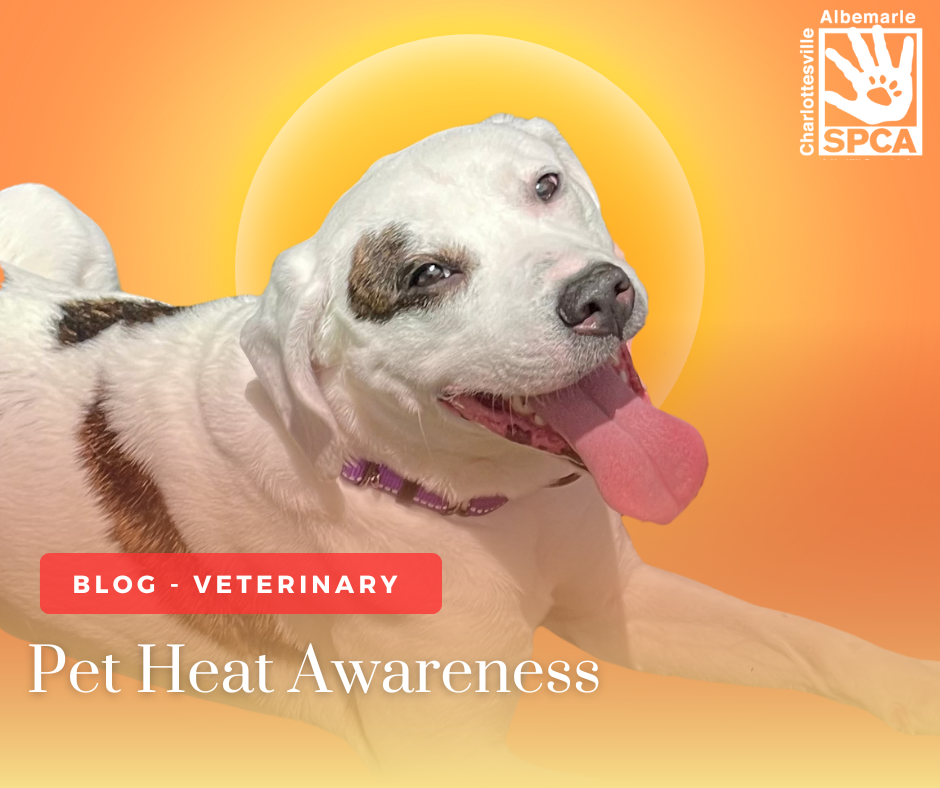As the summer heat intensifies, it’s crucial to remember that our furry friends are much more vulnerable to high temperatures than we are. Dogs are not as well adapted to heat as humans – they cannot sweat through their skin to regulate their body temperature. Instead, they rely on panting and a small amount of sweat through their paw pads. This makes them particularly susceptible to heat-related illnesses such as heat stroke. Breeds with short noses (brachycephalic breeds like Bulldogs, Boxers and Pugs), older dogs, and those with thick fur coats are especially at risk. But don’t reach for the clippers just yet! Double coated breeds like Huskies and German Shepherds can experience even greater heat risk when their coats are shaved, as their specialized coats insulate them from both heat and cold. So what should you do to keep your pets safe this summer?
Tips for Keeping Pets Cool
To keep your pets safe and comfortable during hot weather, consider the following tips:
-
- Hydration is Key: Always provide plenty of fresh, cool water. Consider adding ice cubes to their water bowls on particularly hot days. You may have heard that ice water increases the risk of stomach torsion or “bloat” in dogs – rest assured there is currently no research supporting this link!
- Avoid Midday Walks: Walk your dogs early in the morning or late in the evening when temperatures are cooler. Avoid hot pavement that can burn their paw pads.
- Provide Shade: Ensure your pets have access to shaded areas whenever they are outside. A dog house does not provide relief from heat—instead, use shade from trees or canopies.
- Never Leave Pets in Cars: Even with the windows cracked, temperatures inside a car can rise rapidly, leading to fatal heat stroke.
- Cool Down Treats and Water: Offer your pets frozen treats like ice cubes or pet-safe popsicles. You can make these at home using their favorite treats or even just plain water.
- Know the Signs of Heat Stroke: Symptoms include excessive panting, drooling, vomiting, diarrhea, rapid heart rate, and collapse. If you suspect heat stroke, move your pet to a cooler area, offer water, and contact your vet immediately. If your pet is unresponsive, transport them to the nearest emergency veterinarian immediately.
- Consider a Cooling Vest: For dogs who are active in the summer months, a cooling vest is a great way to extend the amount of time a dog can spend in hot weather comfortably. These vests can be soaked in water, allowing dogs to get some of the benefits of evaporative cooling that humans get when they sweat.
Heat Safety for Cats
Cats also need protection from the heat. Ensure they have access to cool, shaded areas and plenty of water. For outdoor cats during heat waves or if you experience a lapse in your air conditioning, you can consider providing cooling mats or lightly damp towels for them to lie on.
Virginia’s Laws on Dogs in Hot Cars
In Virginia, it is illegal to leave an animal confined in a vehicle when the outside temperature is so high as to endanger the animal’s health or safety. This law reflects the serious risk posed by leaving pets in hot cars, where temperatures can soar to dangerous levels within minutes. If you see a dog in a hot car, here’s what you should do:
- Assess the Situation: Determine if the animal is in immediate danger. Signs of heat distress include excessive panting, drooling, lethargy, and unresponsiveness.
- Take Action: If the dog appears to be in distress, call 911 immediately. Provide the dispatcher with the car’s make, model, color, and license plate number.
- Stay with the Animal: If possible, stay with the vehicle until help arrives. This ensures that you can provide updates on the animal’s condition and any actions taken
Conclusion
Animal Heat Awareness Day is a reminder of the importance of keeping our pets safe during the hot summer months. By understanding the risks and taking proactive measures, we can ensure our furry companions stay healthy and happy.
Stay cool and keep your pets cool too!




Leave A Comment